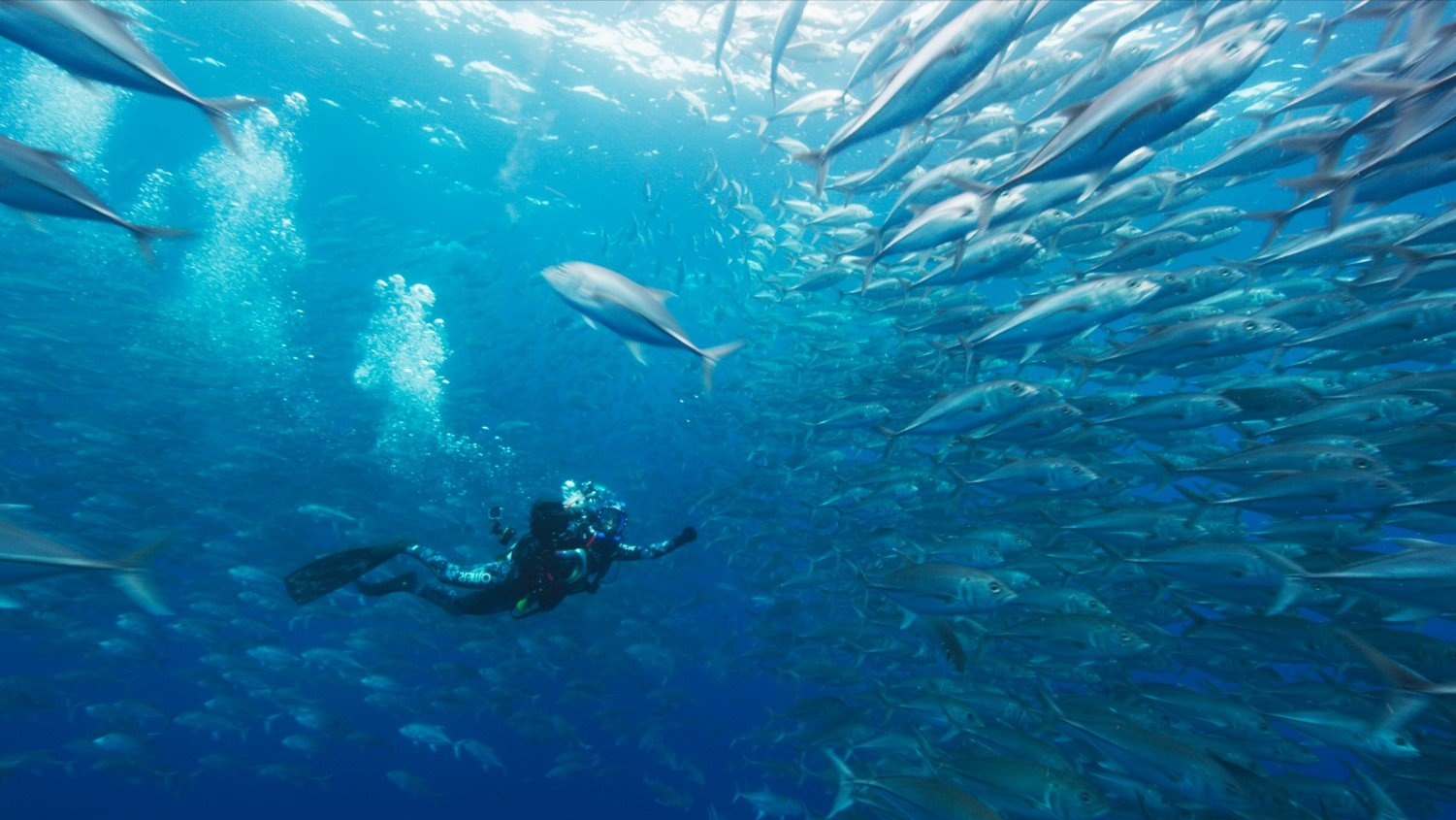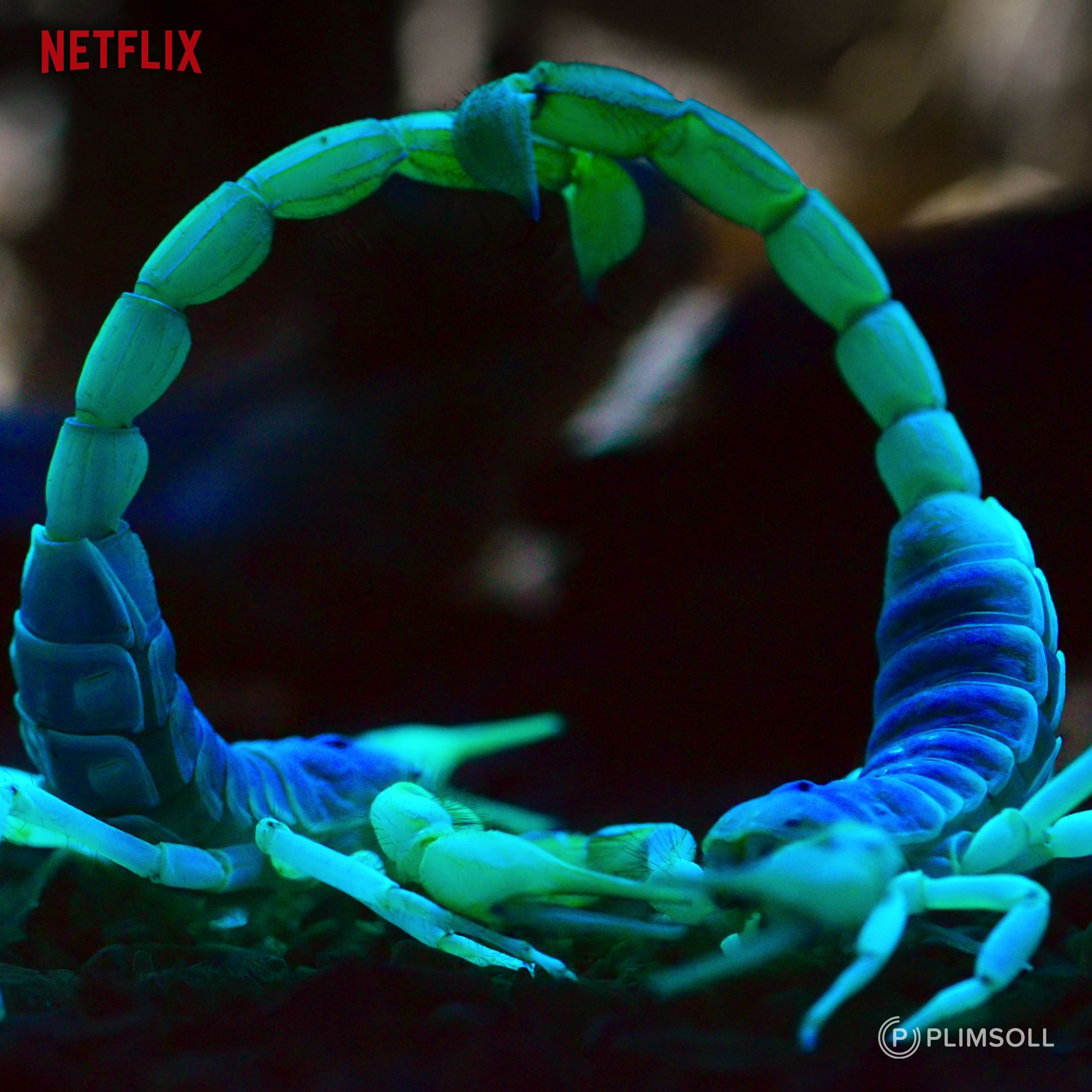Following on from the success of Sky Nature’s Shark with Steve Backshall, Steve sets out to reveal that whales are ‘mightier than myth’. In this brand-new series, Steve takes us deeper and closer to the most iconic, mysterious and threatened whales and their dolphin cousins.
As a naturalist, conservationist and Sky Ocean Hero Ambassador, Steve will free dive alongside whales in the world’s greatest oceans. We’ll meet mighty sperm whales, caring humpback whales, intelligent killer whales and ingenious bottlenosed dolphins, exploring their complex social relationships, revealing their surprising hunting techniques, and discovering that just like us, many whales have close family units. Teaming up with world-leading scientists and conservationists, Steve will uncover the secret lives of whales and dolphins, and confront the uncomfortable and urgent truths of overfishing and pollution. Joining whale advocates across the globe, he will discover why whales are essential for the health of our oceans, what we can do to ensure their survival, and reveal the most remarkable conservation story of all.



























































